I am following the experiment in the popular electronics book - "Make: Electronics third edition". However, when replicating one of the experiments mentioned in the book (specifically Experiment 3 "Applying pressure", the part under the subheading "It's the law!", Pg 28), I am stuck.
I believe the experiment is trying to teach the effect of varying resistances in a circuit on the current reading (read using a multimeter). In my case I do not see a reading on my meter at all, it reads 0 Amps (see attached images). I have run the following diagnostics:
- Check battery voltage (it reads about 9.5v), switched to a different battery, just in case.
- Vary the resistance, instead of 1kohms I tried 470 ohms.
- Continuity tests on circuit connections.
- Check if the multimeter fuse is blown. The way I did this is by opening up the meter, using the meter's own probes to measure resistance across the glass fuse inside, which reads a value close to 0 ohms which means it offers little to no resistance, meaning it's not blown. I could have just done this wrong.
- Create circuit connections using just alligator clips and wires to eliminate the possibility of a faulty breadboard.
- Setting the meter dial to 2mA, 20mA, and 200mA to see if the 0 Amp reading changes.
I am not sure what I am doing wrong, maybe it is a really stupid error that I have somehow overlooked.
To address concerns regarding faulty wire connections, I took @TylerW 's advice to use an LED. when replacing the jumper between the resistor and LED with the meter, the LED turns off. Does this confirm that the meter's fuse is blown? Any recommendations for a good multimeter welcome in that case.





